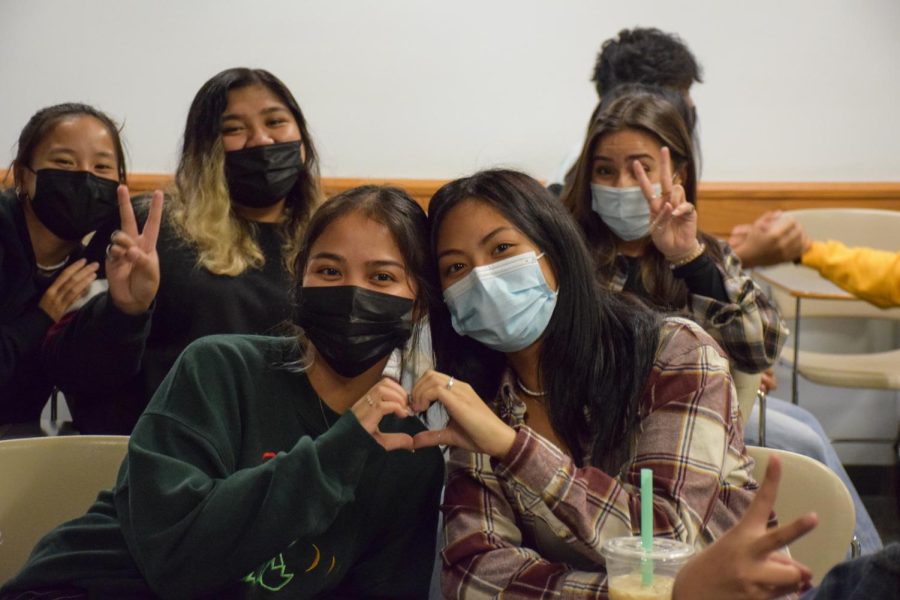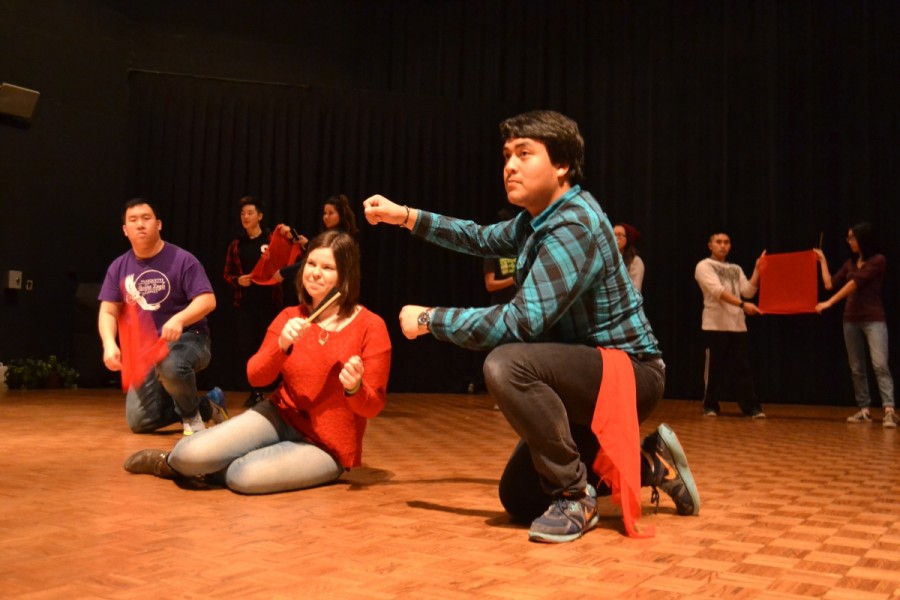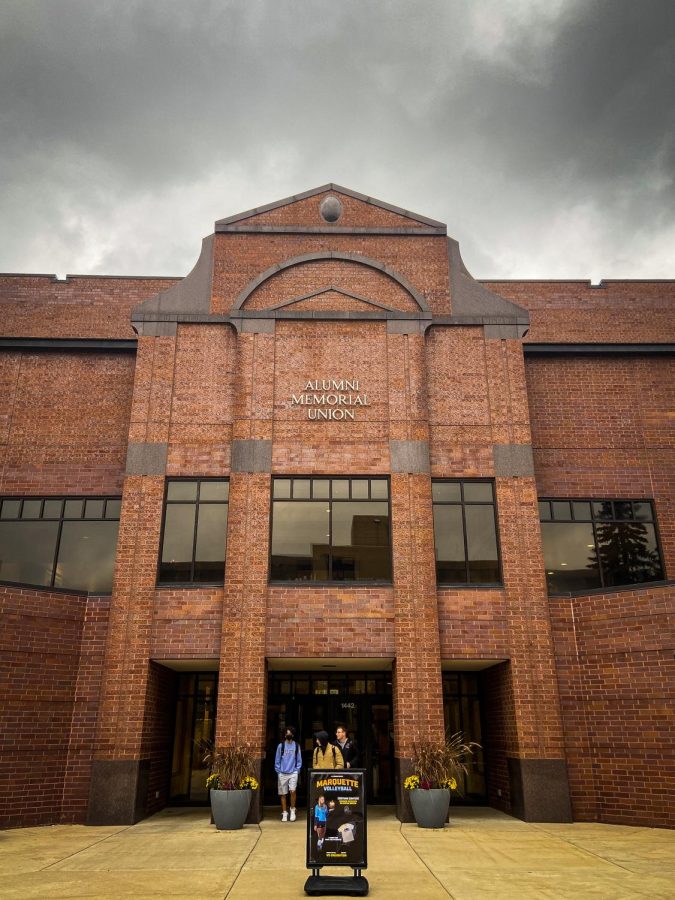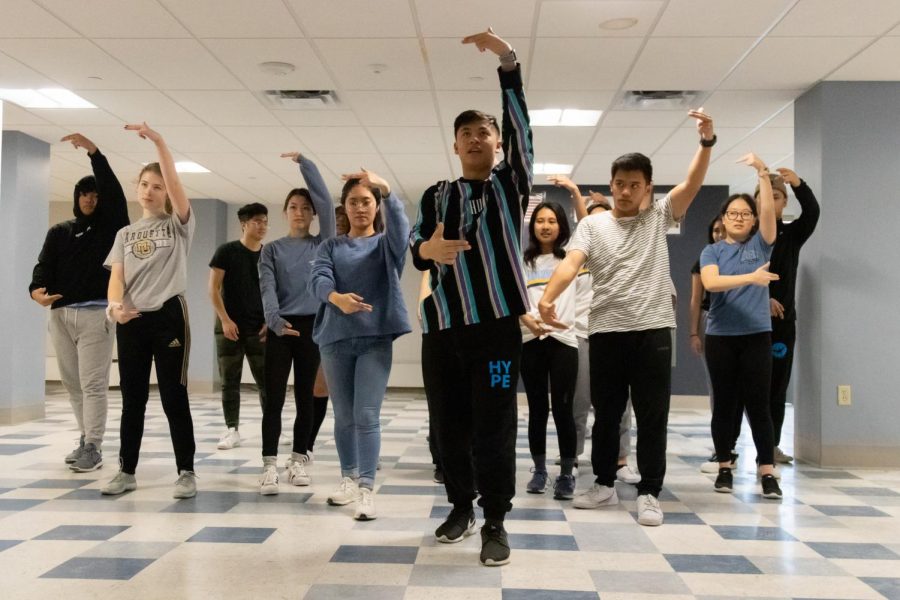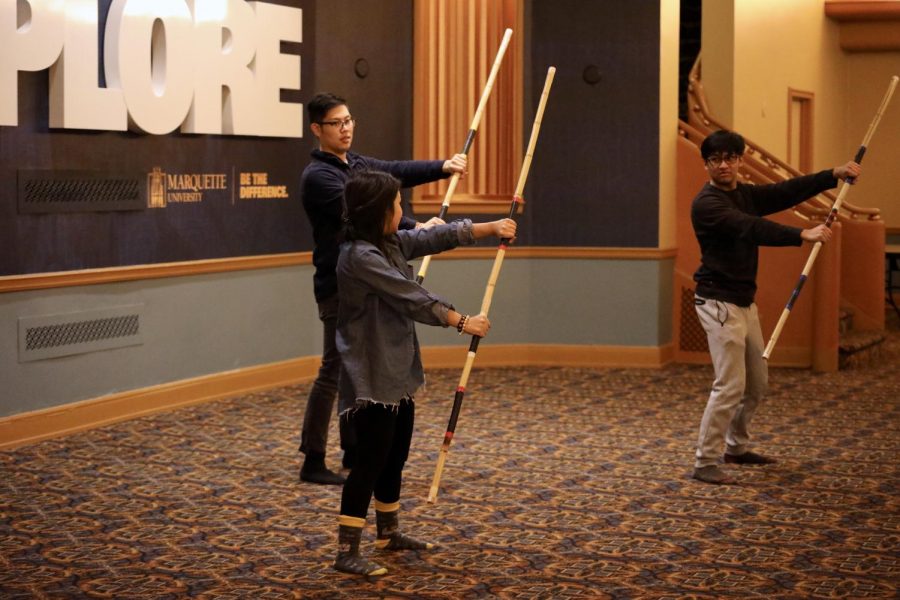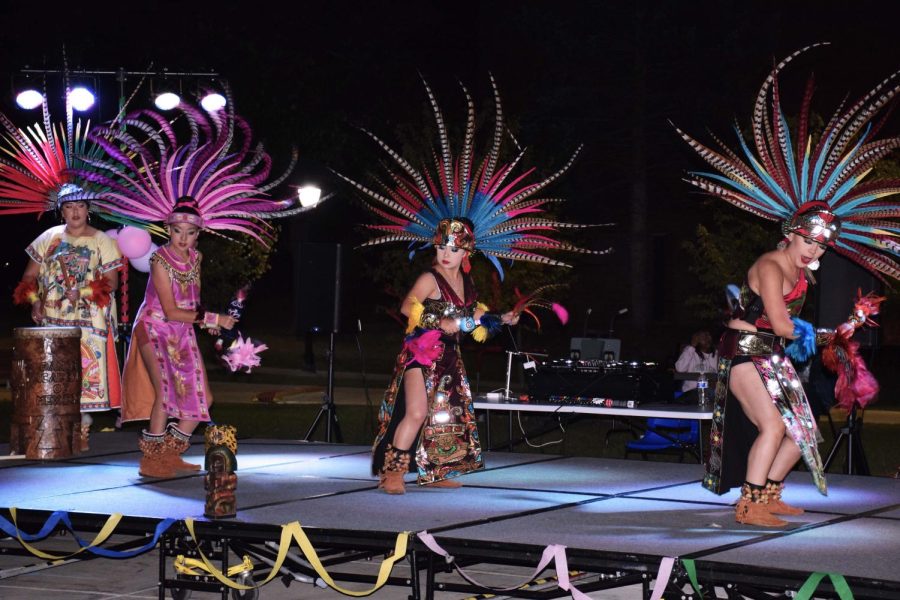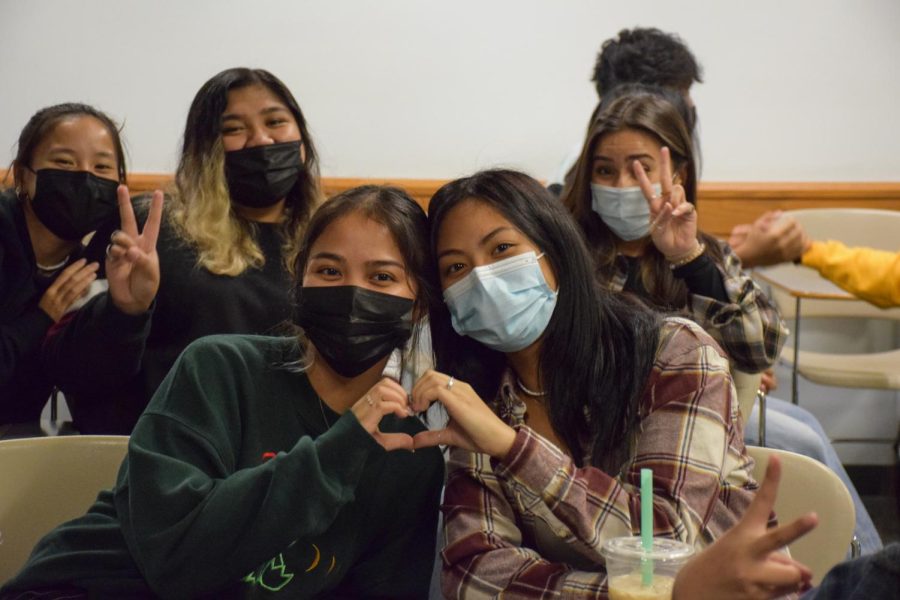
Tomorrow night, members of Marquette’s Bayanihan Student Organization will be jumping on benches, balancing on bamboo poles and fighting over coconut meat.
Or, as they’d say, dancing.
The Bayanihan Student Organization’s Annual Cultural Show will return to Marquette stages once again Friday at 7 p.m. in the Weasler Auditorium. The free show, a veritable Marquette tradition, is one of the two high-profile events put on yearly by Bayanihan, a student organization dedicated to promoting, educating and celebrating Filipino culture on campus.
This year’s theme, “‘Binibining Pilipinas’: An Unexpected Twist to the Miss Philippines Beauty Pageant,” may make students think of the organization’s other event — the Fall Fashion Show — but cultural events coordinators Kamille Bustos and Christine Santosdiaz say the shows differ because the Fall Fashion Show is performed for charity, while the Cultural Show is a way for Bayanihan members to show the greater Marquette community their culture.
“With the Cultural Show, we’re asking people to come out and see what we’re all about,” said Bustos, a sophomore in the College of Health Sciences.
Marquette students won’t be the only ones performing in the show, said Santosdiaz, a sophomore in the College of Nursing. She said students from their “sister school,” the University of Illinois-Chicago, will be coming to perform a tribal dance, and YouTube-famous singer and pianist Manny Garcia will be there as well, thanks to an organization member who knew him personally.
Santosdiaz said Marquette’s Bayanihan group has existed on campus since 1981, and the Cultural Show has been a tradition for almost all of that 30-year tenure. Featuring dances from the Filipino culture, tied together by a framing narrative, she said the show is one of the primary ways Marquette students are made aware of Bayanihan.
In fact, Bustos joked, the organization is commonly known as “the group that carries around bamboo sticks.”
Those bamboo sticks are a key element of many of the Cultural Show’s dances. They’re a necessity for Tinikling, the national dance of the Philippines, in which a group of dancers dance between floor-height poles being rapidly opened and closed, their feet escaping the bamboo traps just in the nick of time.
They’re also a vital element of Vinta, a Muslim dance Bustos and Santosdiaz chose to add this year to increase the variety of cultural dances in the program. The dance, depicting the migration of Filipinos to the Philippines themselves, requires dancers to balance on bamboo poles stretched across the shoulders of male dancers, a challenging and potentially painful proposition.
There is, of course, more to the Cultural Show than bamboo poles. Santosdiaz said another well-known dance from the show is Sayaw Sa Bangko, more commonly known as “the bench dance.” The dance seems simple at first, with partners dancing atop stacked wooden benches, but it’s when the dancers start to bounce from bench to bench that things start to get interesting.
If all these dances are starting to sound terrifyingly dangerous, that’s somewhat intentional. Chris Reyes, a junior in the College of Arts & Sciences, said he thinks the risk of these dances is part of what draws other students to the Cultural Show.
“The dances that are the most appealing tend to be the most dangerous,” Reyes said.
Reyes said he will be performing in four dances this year, largely due to the increase in the number of dances that need male participants, such as Vinta. In addition to performing in that dance, he will also be a part of Tinikling, the bench dance and Maglalatik, an all-male dance that features the rhythmic beating of coconut shells.
Maglalatik, Reyes said, depicts a mock war between Muslim and Christian tribes over coconut meat, a cause which he said may seem trivial nowadays, but was considerably more valuable during the time when the dance was created.
One of the more notable elements of the Cultural Show is that many of the dances are choreographed by students. Kristin San Ramon, a freshman in the College of Arts & Sciences, choreographed the dances for Vinta and Tinikling this year, and will be participating in both.
San Ramon said she got involved with the Cultural Show because of her involvement with Bayanihan, but also because she wanted to help spread awareness of Filipino tradition among the student body.
“I’m really proud of my culture,” San Ramon said. “I wanted to share my culture with Marquette.”
For Santosdiaz, being the co-chair of the event has been a way for her to grow in knowledge and appreciation of her heritage.
“When I walked onto this position, I didn’t know anything about my culture,” she said.
Neither did College of Arts & Sciences freshman Rina Patel, San Ramon’s roommate. While not Filipino, Patel joined Bayanihan with San Ramon earlier this year, and will be participating in the bench dance during the Cultural Show.
“I wanted to learn something new and try it out,” Patel said. “Bayanihan was very welcoming.”
Bustos and Santosdiaz say the inclusion of non-Filipino students is something encouraged by the group, and that the Cultural Show is one way they can interest students who might otherwise not know about or believe there is a place for them in Bayanihan.
“This show is one of the best ways our organization grows,” Santosdiaz said. “We all have passion for our Filipino culture, and we want to show it.”


